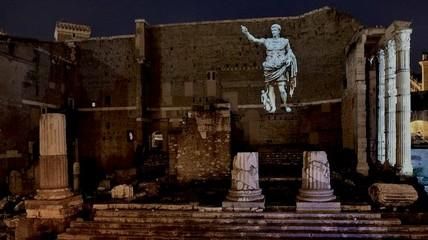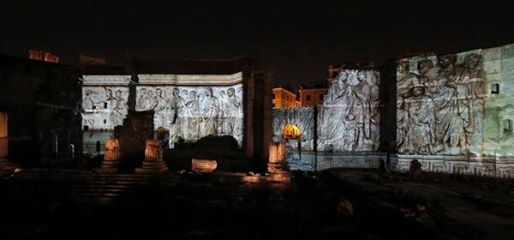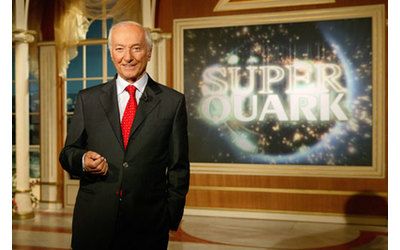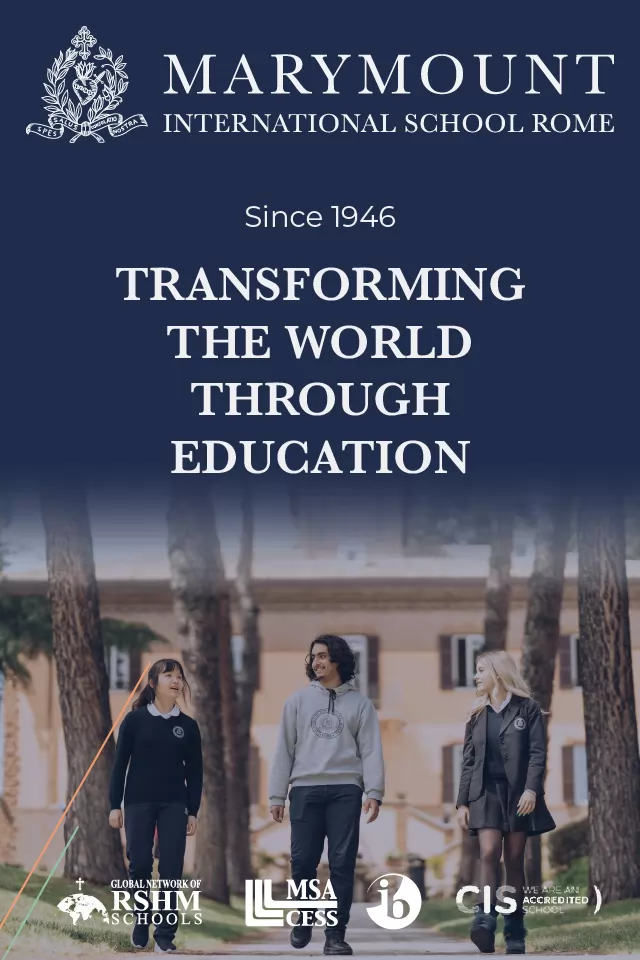On the bimillennium of the death of Augustus on 19 August 14 BC, Rome is celebrating and rediscovering the emperor who made her great with initiatives, exhibitions and cultural events discussing his personality and his times.
Apart from the monograph exhibition presented in the Quirinal Stables which closed last February, the Museum of the Ara Pacis – the altar dedicated to peace and voted by the Senate to commemorate the emperor’s successes in Spain and Gaul – is also celebrating his memory with the exhibition The art of command – The legacy of Augustus, which is still open.
It will then be the turn of Trajan’s Market, where an exhibition centred around the Augustan age will open, simultaneously also in three other cities wishing to remember the emperor: Sarajevo, Amsterdam and Alexandria. This will be an experimental exhibit under the title The keys of Rome – Augustus’s city, opening on 23 September 2014.
Aside from readings, itineraries, retrospectives and dedicated monographs, these initiatives have been accompanied since 22 April by a different and innovative programme with a strong communication bent. Forum of Augustus – 2000 years on is the title of a project designed by Piero Angela and Paco Lanciano (two popular scientific presenters) , promoted by Metropolitan Rome and produced by Zètema, recreating the Forum and its original appearance through the phantasmagoria of light and multimediality precisely where it was erected centuries ago.
Starting out from the ruins and from whatever is left of the ancient site, the multimedia voyage brings back the splendour of the place, brought to life today in virtual reconstructions, special effects, audio tracks and narratives. All of this has been staged in safety and with scientific rigour by academics and experts who have used a simple but effective language of strong didactic value. It is a communicative and guiding structure far from the traditional information vectors, coming instead closer to the entertainment sphere. The audience is taken on a voyage in time, a fascinating educational spectacle, an alternative experience not to be underrated.
The aim is to explain and bring to life the original appearance of the now damaged site through virtual illusions in an interactive and dynamic itinerary, much more captivating than other learning methods, and at the same time to present a brief history of the site’s evolution and mission within the city, recalling not only the artistic and architectural aspects but also the cultural and sociological aspects of the time. Following on the success of the experimental museum in Palazzo Valentini ( seat of the province administration near Piazza Venezia), where the walls, decorations, mosaics and marbles were reconstructed virtually on the spot within a multimedia itinerary of rediscovery of antiquity, Piero Angela and his team of experts have again betted on the power of modern technology and its endless possibilities of application to cultural, and in this case architectural, patrimony.
The projections on what remains of the site, in some cases intentionally spectacular such as the recreation of a fire or of the 1703 earthquake, perhaps a legacy of the format and language of television, can even resemble contemporary art and video events, but – apart from the performance and sensory effect – the object is the popularisation and diffusion of knowledge using new formats and vectors. It is an effective cultural product which ought to be tried more often. These instruments, available to everybody nowadays at reasonable cost, if used with wisdom and rigour can act as a time machine for a vast audience to reproduce parts of a site or its decoration which have been lost, yet at the same time without cancelling out the contemporary appearance which is part of its centuries-old history.
One of the strong points of the project is precisely this: to succeed in integrating historic memories and current appearance for an active approach to the art, to merge the two dimensions of the real and the virtual into a single sequence of images, to make the process of recreating a distant historical, artistic, architectural and cultural past philologically more accurate and to frame it not only in time but also in space. The Forum of Augustus will thus until 19 September be an experimental place dedicated to immersion. The exhibit lasts 40 minutes and is repeated three times every evening for better viewing. The projections are accompanied by the lecture of Piero Angela and the musical audio guides, available in six languages.
Arianna Farina
PhD student at Ca'Foscari - IUAV, Venice.
ariannafar@yahoo.it


























